Volume 6 Great Men and Famous Deeds, is an anthology that does present famous people, but it also includes names that are far less well-known. Primarily, it gives accounts, from a variety of sources, of these famous people when they were children.
Thomas Alva Edison
Adapted from Thomas Alva Edison, the Youth and His Times, by Winifred Wise, the chapter tells the well-known story of the accident that led to the inventor’s going deaf. But the story is told with such enthusiasm and with such interesting details of boy’s life in the mid-nineteenth century, that other incidents stand out just as clearly.
The piece details the adventure of 12-year-old Al getting a first job, with the aim to be able to afford simple laboratory equipment. He was hired to sell newspapers and candy aboard a Detroit-area train. Once acquainted with the Detroit Free Library, he set off to read all the books there. Soon, though, he was buying chemicals and equipment to create his own laboratory on wheels in an unused car on the train, and that went well ... until a fire onboard resulted in the conductor dumping him and his equipment at the next station.
Marie Curie
The story of Madame Curie, by Alice Thorne, is one of dedication and sacrifice, but also one which shows the joy of discovery. Unlike most of the other vignettes, this piece does not deal with Marie when she was a child. Instead it describes the great work of Marie and Pierre Curie to prove the existence of an element they named radium. We learn how the couple discovered the unknown element in pitchblende ore, how they had to procure tons of the substance, and how they worked in a poorly heated shed for 45 months boiling and stirring chemicals, until at last they succeeded. Following this success, they immediately returned to the laboratory to continue their work. Readers will learn that success alone did not motivate them as much as the joy of the work itself.
Luther Burbank
In Luther Burbank, Plant Magician, adapted from Lillian Bragdon’s work on the scientist, we get an overview of a whole life dedicated to horticulture. The scientist developed hundreds of varieties of plants including the Shasta daisy and the Russet Burbank potato.
This feature recounts his success with developing spineless cactus, tracing an encounter with cactus as a child as the root of his work later.
The problem he faced was simple in theory but difficult to solve in practice. Ranch men had told him that cactus made excellent fodder for cattle because cacti were both nutritious and also more than 90 percent water. The trouble was that the spines from these plants had to be burned off which was painful work.
Burbank experimented with six hundred varieties of cacti, and handled the prickly plant himself despite the piercing needles and the weight of the tall plants. He made careful records of the types of cacti he cross-pollinated, and then carefully collected and replanted their seeds. It took years to produce a spineless variety that could produce tons of fodder per acre.
All of these stories teach kids that in the hearts of great scientists lie dedication and willingness to endure trials to secure a beneficial end result.

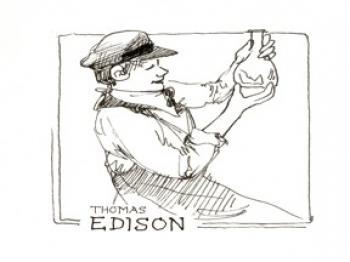
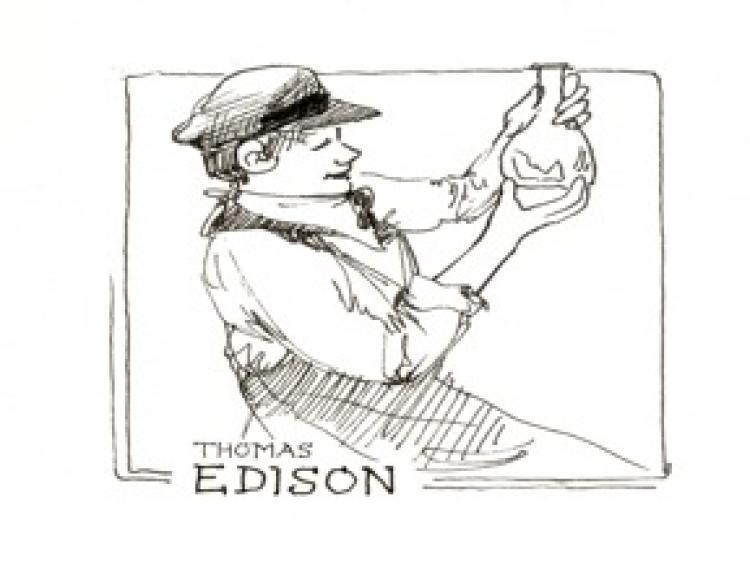
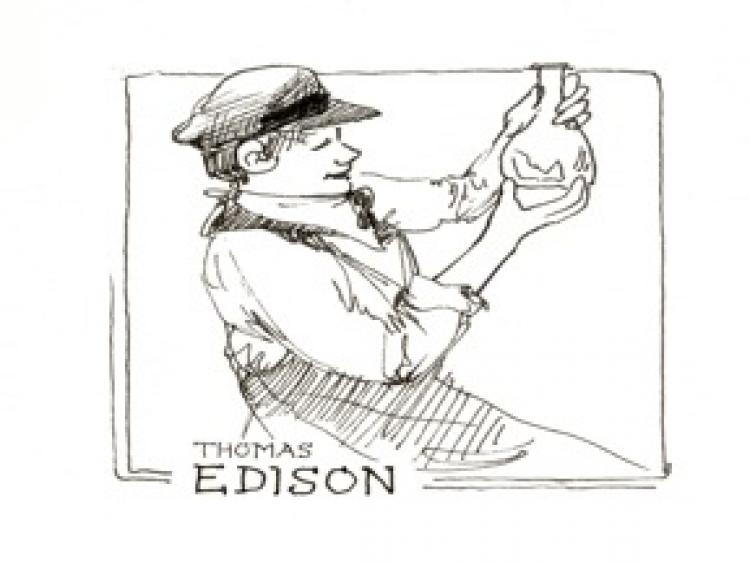
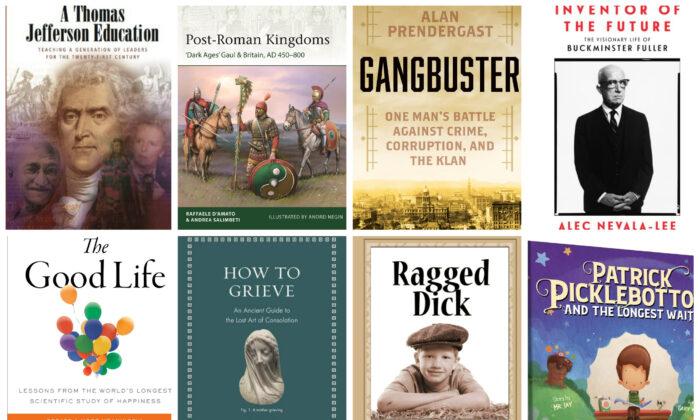
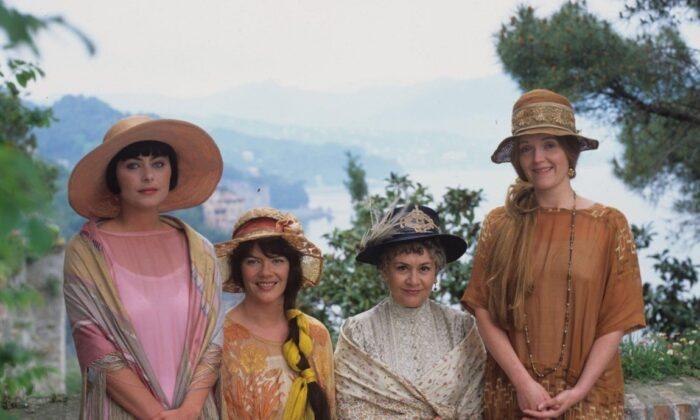


Friends Read Free